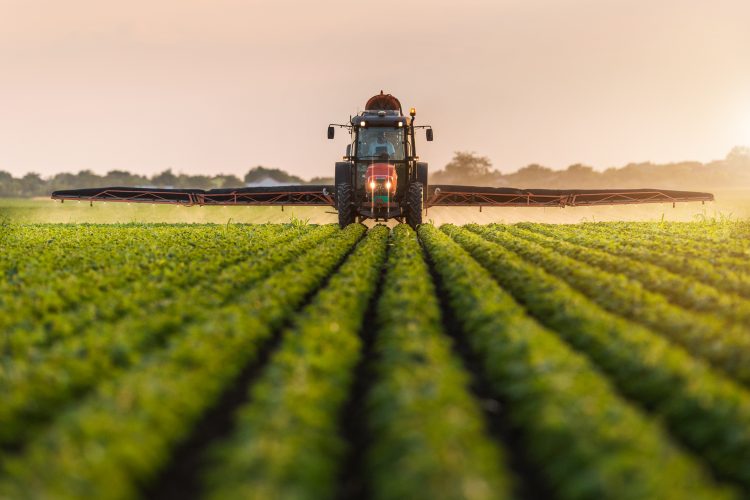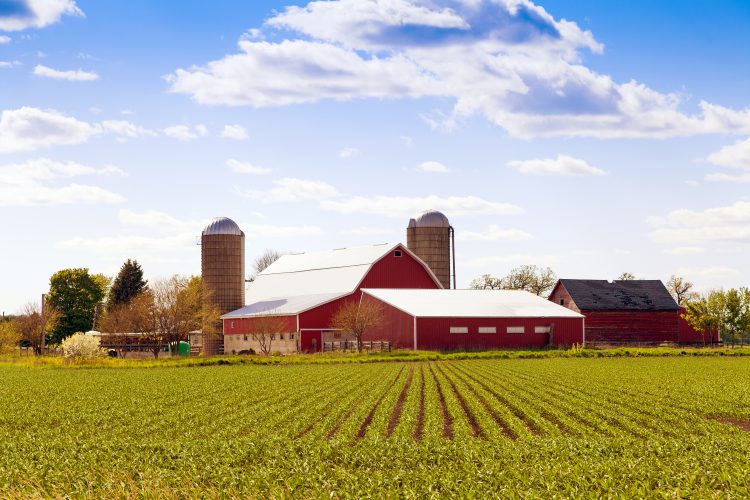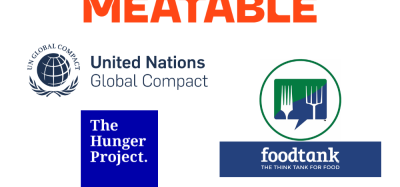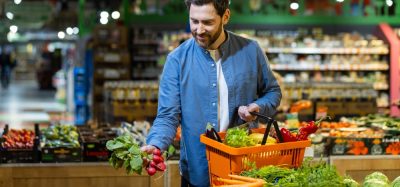US Soy advances a more sustainable future
- Like
- Digg
- Del
- Tumblr
- VKontakte
- Buffer
- Love This
- Odnoklassniki
- Meneame
- Blogger
- Amazon
- Yahoo Mail
- Gmail
- AOL
- Newsvine
- HackerNews
- Evernote
- MySpace
- Mail.ru
- Viadeo
- Line
- Comments
- Yummly
- SMS
- Viber
- Telegram
- Subscribe
- Skype
- Facebook Messenger
- Kakao
- LiveJournal
- Yammer
- Edgar
- Fintel
- Mix
- Instapaper
- Copy Link
Posted: 9 May 2022 | Polly Ruhland | No comments yet
Polly Ruhland explains how the US soy industry is making a concerted effort to become a more sustainable industry, and with that, make a significant portion of our food system much kinder to the planet.


US soy farmers are out to make their industry a more sustainable one
US soybean farmers deliver a disproportionate share of heavy lifting when it comes to enriching sustainability. This growing season, 91 million acres of soy are being grown using farming methods that conserve land, water and air. Over the past several decades, adoption of new technology has enhanced farmers’ abilities to serve as caretakers of our natural resources. This work supports a more resilient crop and a sustainable food supply for our global population.
Beyond the protein soy provides to people, poultry and pigs, non-food uses of soy offer a renewable alternative to petroleum in many products. These range from biofuels and tyres to shoes and artificial turf.
This combination of food security and environmentally friendly consumer products opens the door to significant sustainability advancement. As with every other industry, US Soy still has work to do. However, progress to date is encouraging as we continually improve with an eye to the future.
Over the years, farmers proved that doing the right thing is also good for business.”
As US agriculture optimises sustainability efforts, let’s break down some of the benefits. We are not just making our own industry greener, we are helping to address some of the world’s biggest challenges – everything from food security and nutrition, to renewable energy, industrial safety and beyond.
Preserving land, water and natural resources
Over the years, farmers proved that doing the right thing is also good for business. Innovations in sustainability benefit people and the planet, but they also bring sustainable success to our farmers who are working in harmony with the land.
US Soy expanded production by 130 percent between 1980 and 2020, using the same amount of land. Conservation efforts have also improved the following:
- Land use efficiency by 47 percent
- Water use efficiency by 61 percent
- Energy use efficiency by 45 percent
- Greenhouse gas emissions efficiency by 42 percent
- Soil conservation by acre by 35 percent
Pioneering a range of best practices, from cover crops, no-till and crop rotation, has paid dividends across the board. Yields are up, and the outcomes include enhanced soil health, water conservation, and even capture carbon from the atmosphere. Advances in technology, such as precision farming equipment and drones, make this possible.
Instead of resting on past successes, our farmers are looking through the windshield instead of the rearview mirror. These innovations propel agriculture to set even bolder goals for the future. By 2025, US Soy aims to reduce land use impact, soil erosion and greenhouse gas emissions, while increasing energy use efficiency.


US farmers are employing more sustainable practices to protect their land for the future
Powering progress with new products
Looking beyond the farm, the soy industry remains active in spurring innovation. One bright spot is biodiesel, which uses soy oil to power trucks, heavy machinery and farm equipment. This cleaner energy has the potential to cut greenhouse emissions by up to 86% compared with fossil fuels. Even better, the other half of the soybean, called meal, is used in products like tofu, soymilk, miso and tempeh for human consumption. We sustainably feed and fuel the planet.
Soybeans can also replace non-renewable (and sometimes harmful) chemicals in products, eg, plastic, paints and adhesives. This even includes products that suppress dust on gravel roads, helping clear the air and deter respiratory issues.
How to connect the public with farmers
Farmers, and indeed (most of) humankind, share a great affinity and appreciation for our planet. We know that more people around the globe want sustainable purchasing options. And whether it’s food for humans, feed for animals, fuel for vehicles or thousands of consumer products, soy is a sustainable solution.
A total of 515,000 soybean farmers across the United States are leading this change. The United Soybean Board, which supports this contingent of farmers, put together a US Soy Sustainability Overview. This report highlights farmers who are making our planet greener. Tim Bardole is an Iowa farmer who hasn’t tilled his ground since 1993. Laurie Isley is a Michigan farmer who hosts ‘shop talks’ with other farmers to chat about conservation. Missouri farmer and soil scientist, Meagan Kaiser, focuses on micronutrients to make crops more resilient to Mother Nature’s pressures.
US Soy commits to expanding this dialogue in the months and years ahead. We see the Sustainability Overview as a first stake in the ground and welcome feedback from all parties at every step in this exciting and important journey.
We only have one bus, and we are all passengers.
About the author
As the Chief Executive Officer of United Soybean Board, Polly Ruhland works on behalf of U.S. farmer investors to advance agriculture’s sustainability through research, education and promotion programs.
Prior to joining USB, Ruhland served as Chief Executive Officer at the Cattlemen’s Beef Promotion and Research Board. She served as a senior vice president at the National Cattlemen’s Beef Association, and early in her career, she was an agriculture journalist and editor.









